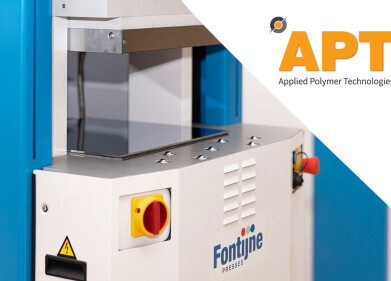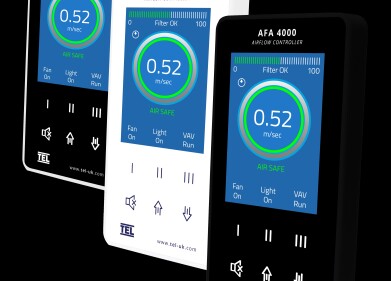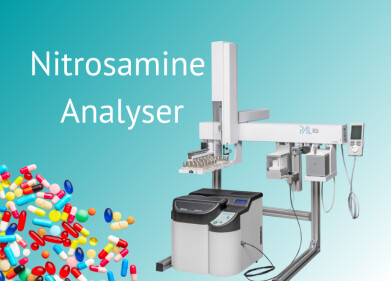Laboratory Products
Microplate Readers for Virology and Vaccine Research
Jan 21 2021
With more than 30 years’ experience in the microplate reader field, BMG LABTECH are the only leading company specialised solely in the development and supply of plate readers. BMG LABTECH instruments are designed with sensitivity, flexibility, and speed in mind and provide a series of instruments to match all research needs and budgets. These instruments are used to address all life science research interests. Highlighted here, are their use for virology research with the current pandemic highlighting the need for rapid high throughput viral and vaccine research.
Research into SARS-CoV-2 and virus research in general requires increased efforts to answer the fundamental questions that drive virological knowledge and future treatment development. How to detect viral infection quickly and efficiently in large populations? How does a virus enter host cells and replicate? How does disease develop? How can hosts be protected? How can symptoms be relieved? Microplate readers are a key tool to assist in the understanding of these questions with many assay formats available for microtiter plate analysis making it possible to screen many samples at once and at speed where necessary.
For the detection of viruses in large populations, LAMP (Loop-mediated isothermal AMPlification) assays have been developed as an alternative diagnostic tool to RT-PCR. This nucleotide amplification method is isothermally run at 65°C in a microplate reader which has been shown to provide test results for SARS-CoV-2 in under 30 minutes.
For the detection of antigen and antibodies, microplate readers and ELISA assays have also been invaluable in the development of population testing and for the improvement of lateral flow tests in use for COVID-19.
Maintaining cell cultures in microplate readers was implemented by BMG LABTECH with the introduction of the Atmospheric Control Unit (ACU). Available on the CLARIOstar Plus reader, the ACU allows users to independently regulate both CO2 and O2 in addition to temperature to provide the best physiological settings for all live cell-based assays. This feature used with a fluorescently tagged virus has enabled the study of viral infection in real time over days. Using this approach researchers can study the viral replication cycle, and experiment with host cell protein expression to elucidate which proteins and pathways are important to host virus interaction, working towards targeted drug treatments.
Other microplate-based methods for cell viability, viral neutralisation, neuraminidase activity and transcription assays are also key tools in the development of vaccines and for drug screening for treatments.
More information online
Digital Edition
Lab Asia 31.6 Dec 2024
December 2024
Chromatography Articles - Sustainable chromatography: Embracing software for greener methods Mass Spectrometry & Spectroscopy Articles - Solving industry challenges for phosphorus containi...
View all digital editions
Events
Jan 22 2025 Tokyo, Japan
Jan 22 2025 Birmingham, UK
Jan 25 2025 San Diego, CA, USA
Jan 27 2025 Dubai, UAE
Jan 29 2025 Tokyo, Japan




.jpg)















